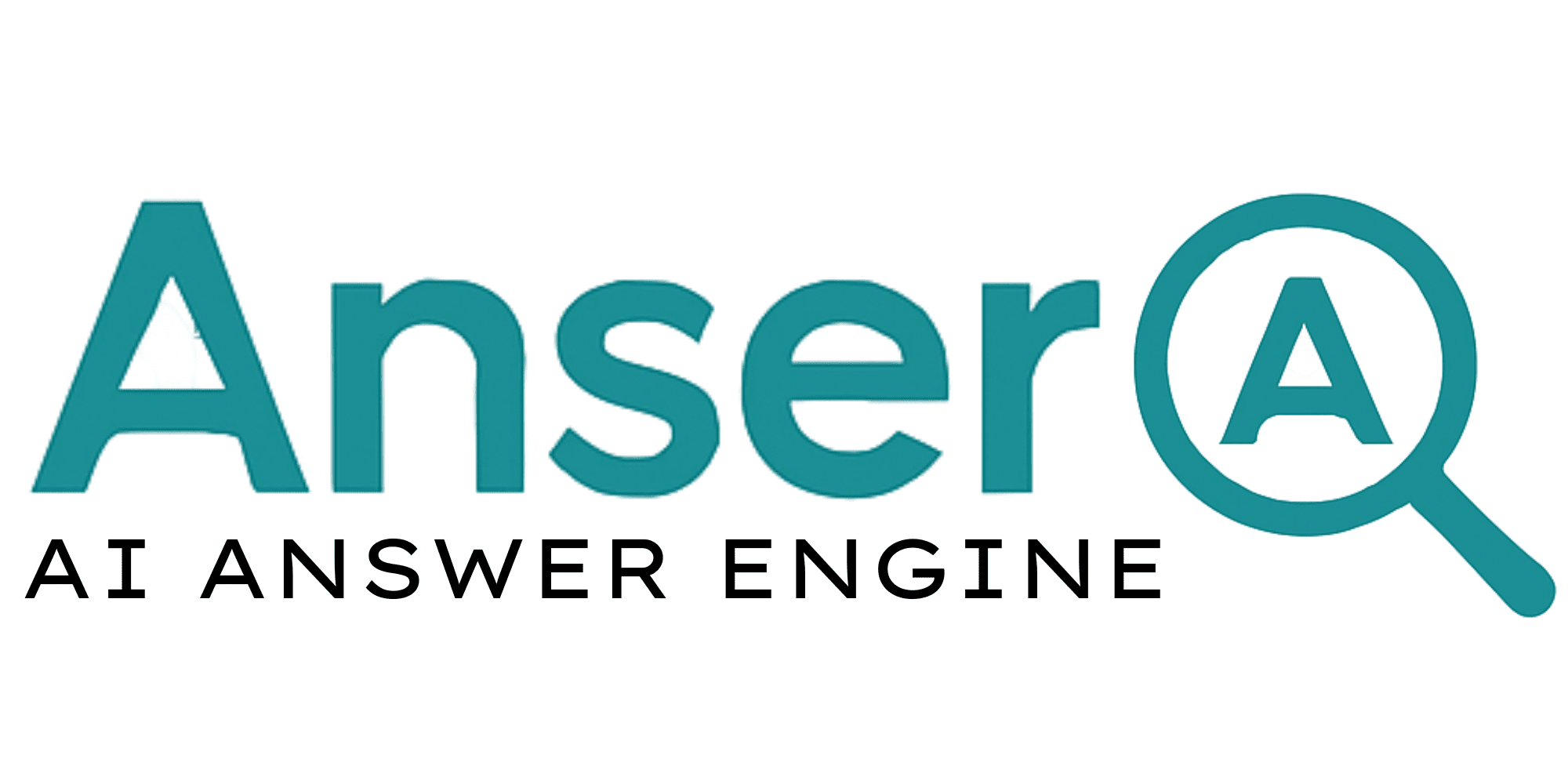- What you will get ?
Future of Websites
- Instant Answers, Anytime, Anywhere
Is the Future of Websites a Chat Interface?
The digital landscape is experiencing a fundamental shift in how users interact with information online. As artificial intelligence reshapes our expectations for instant, precise answers, we’re witnessing what may be the most significant change in web interaction since the invention of the search button. The question isn’t whether this transformation is coming — it’s how quickly websites will adapt to meet users’ evolving expectations.
- Future
The Evolution of Website Interaction
The Evolution of Website Interaction
When the internet was young, websites served as digital brochures—static pages of information that users would read from top to bottom. The purpose was simple: present information in an organized, accessible format. Users would navigate through menus, click through multiple pages, and piece together the information they needed.
As websites grew more complex and content-rich, this linear approach became insufficient. Users needed a way to quickly find specific information without manually browsing through dozens of pages. Enter the search button — a revolutionary feature that promised to help users locate exactly what they were looking for within a website’s content.
But here’s where the promise fell short of reality.

The Search Button's Fatal Flaw

Traditional website search functions were designed with good intentions but delivered frustrating experiences. When users typed in their queries, they received what websites thought they wanted: a list of links to pages that might contain relevant information. The burden of finding the actual answer remained squarely on the user’s shoulders.
User Journey:
Tries the search function
Gets 10–20 link suggestions
Clicks a few
Doesn’t find direct answer
Leaves frustrated

The Search Revolution — From Directories to AI
The Search Revolution: From Directories to AI
Early internet directories were manually curated lists, requiring lots of clicking. Google changed that with PageRank — a smarter way to sort links.
But even Google’s results are based on a model designed to generate traffic, not deliver instant answers.
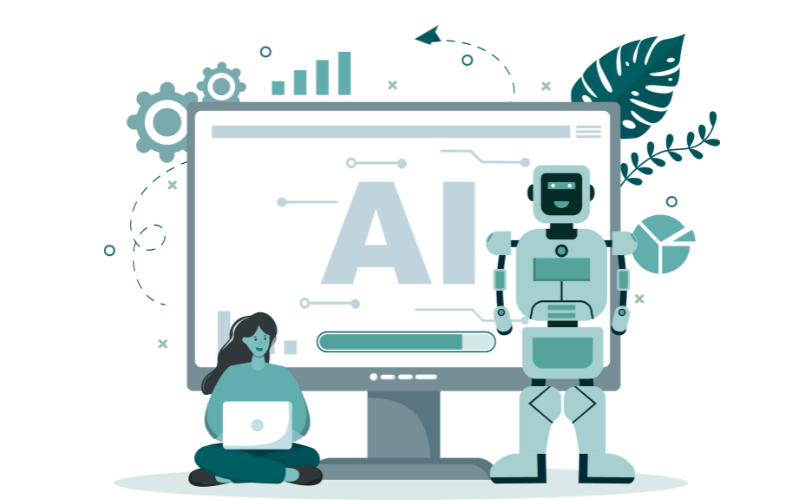
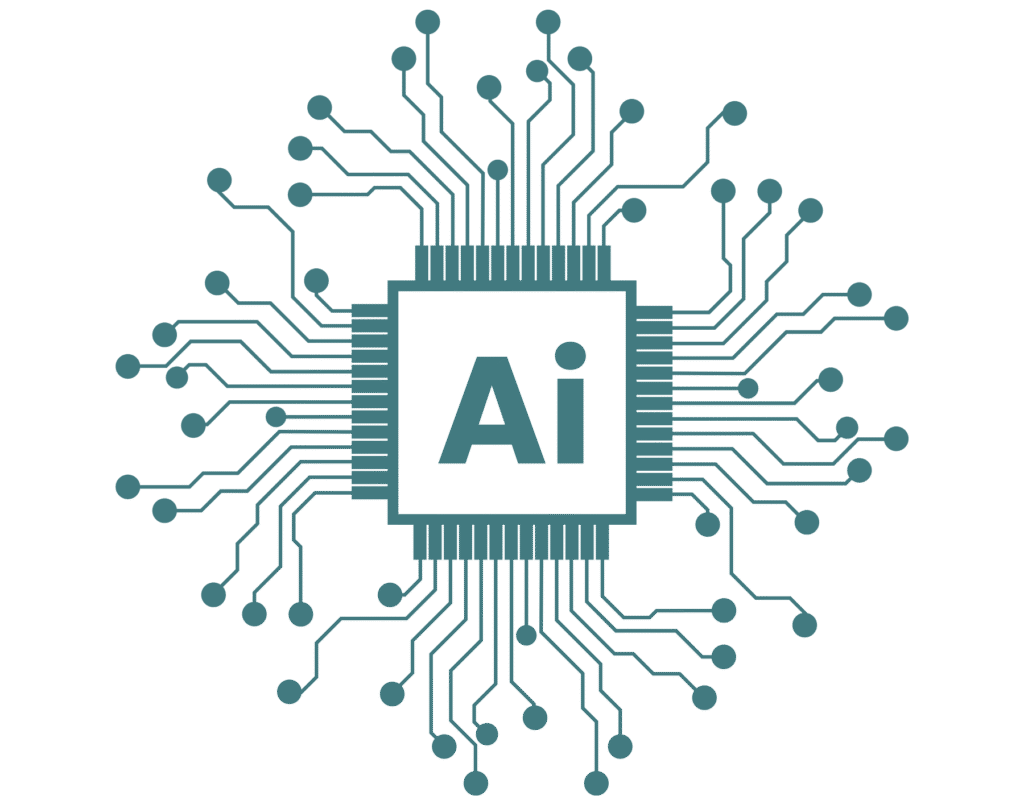
The ChatGPT Moment — Everything Changed
ChatGPT changed everything. For the first time, users experienced precise, complete answers instantly. No jumping through links, no wasted effort.
It wasn’t just smarter tech — it redefined what users expect from websites.
Google's Response — The AI Answer Era
Google began showing AI-generated answers at the top of search results. These synthesize information from multiple sources to give users a complete, accurate answer — no clicks required.
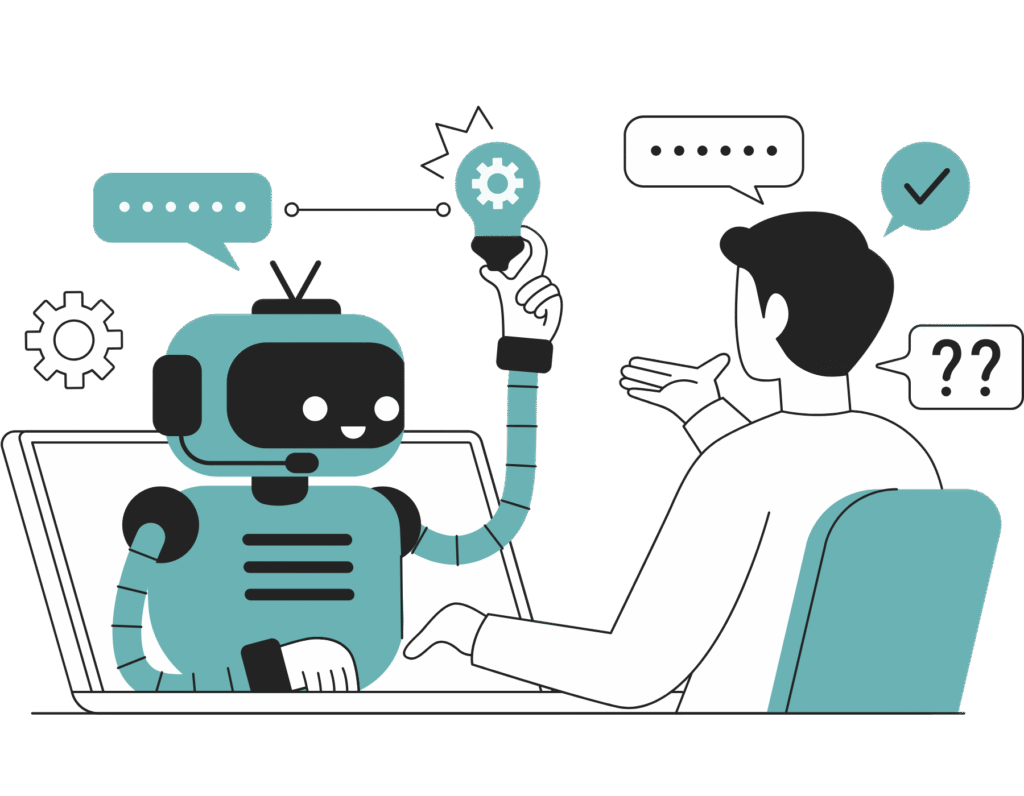
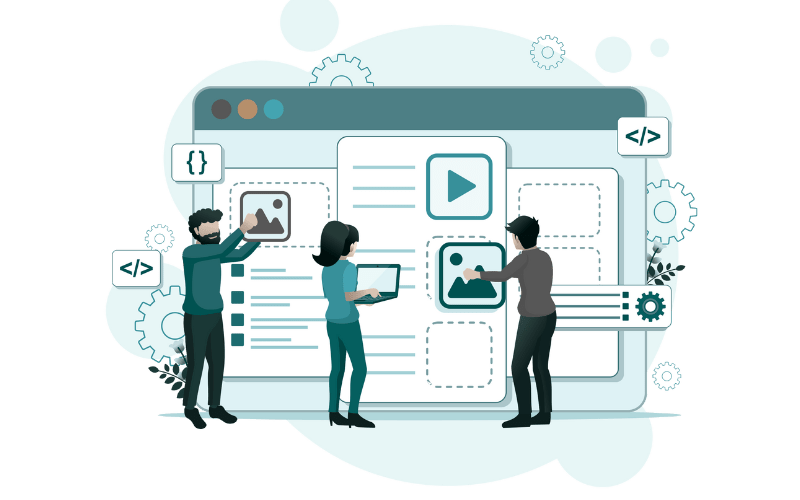
Implications for Website Design
Why should your website make users work harder than a search engine? Traditional models — long menus, poor search, “Contact Us” forms — feel outdated in the age of AI.
Users now expect intelligent, real-time answers on your website.
Time to Retire Old Chatbots
Old-style chatbots offer:
- Preselected questions
- Contact forms before value
- Scripted replies
- Frustration loops
They feel like pushy salespeople.
What users want now: A Gen-AI engine that listens first, responds smartly, and helps before selling. Trust-building, not lead-pushing.
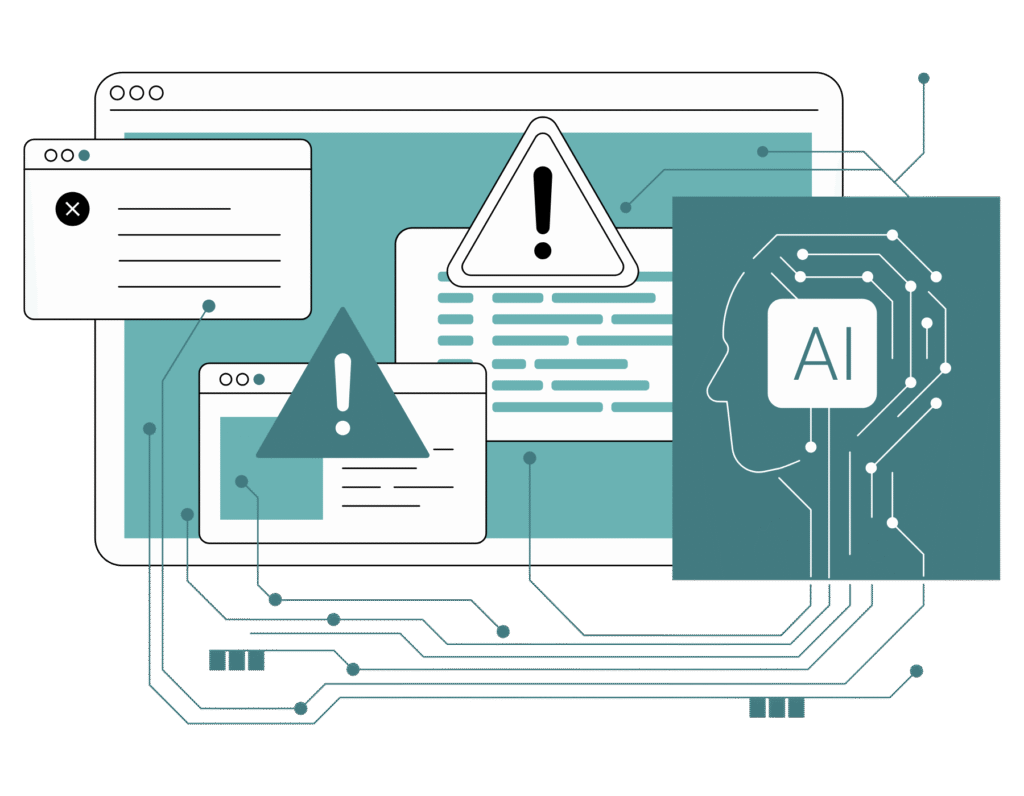
Chat Interface Advantages
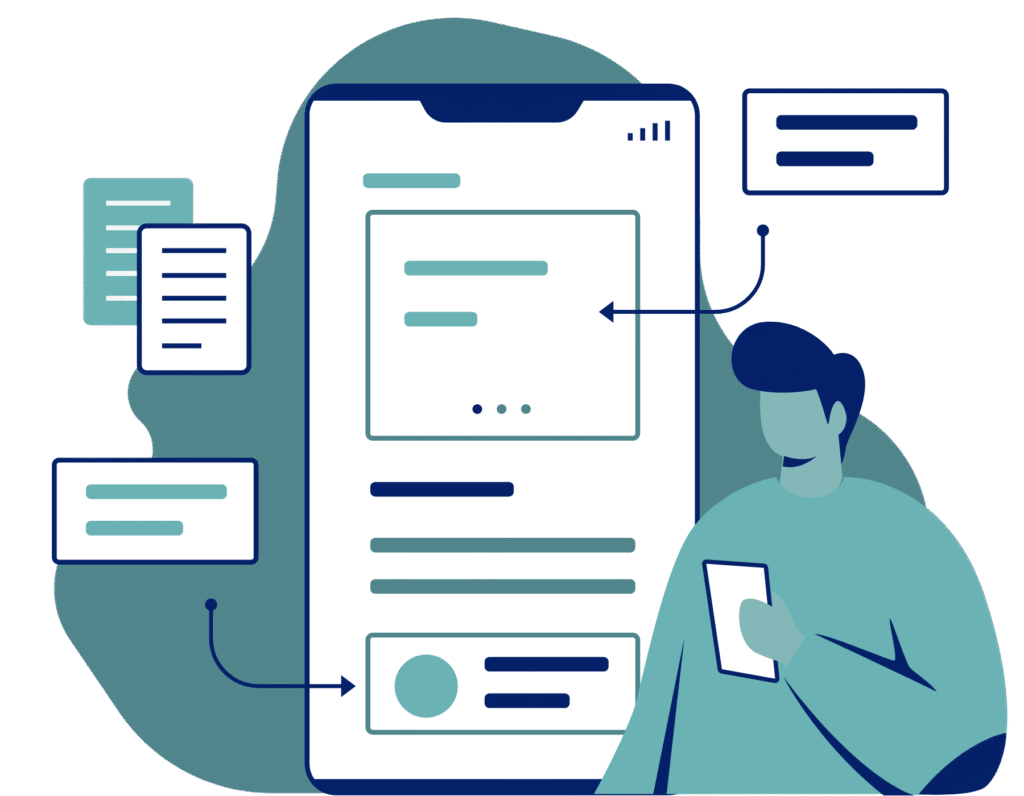
Bullet Points with Icons:
- Immediate Context Understanding
- Natural Language Input
- Conversational Flow
- Personalized Responses
We added Ansera and our support tickets dropped by 40%.
The Future is Conversational
Bullet Points with Icons:
The shift is bigger than layout — it’s behavioral.
Websites using AI chat interfaces will:
- Increase engagement
- Lower bounce rates
- Improve conversions
- Stand out competitively
Users now expect chat-like answers directly from your website.

Time to Act — Why We Built Ansera
This evolution in expectation is why we built Ansera:
The future is already here. Websites stuck in the past risk being left behind.
- ✓ Not a chatbot
- ✓ Not just a search bar
- ✓ A real-time answer engine trained on your content
Try Ansera on Your Site
Want to see these features in action?
Try Ansera live on your site in under 5 minutes.
